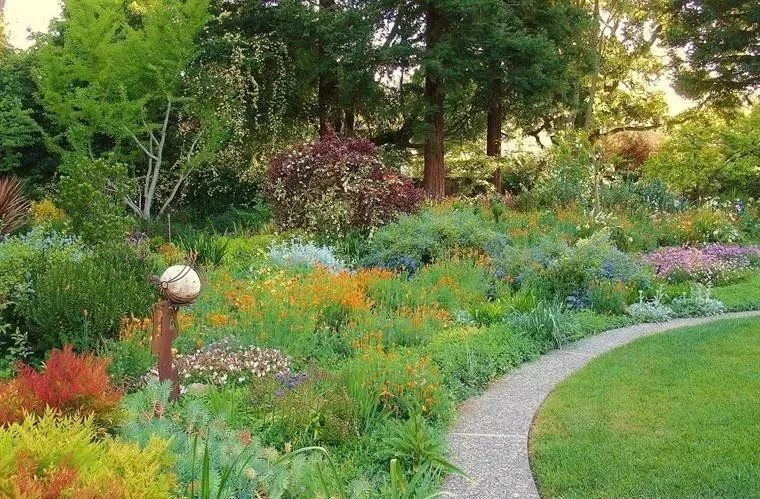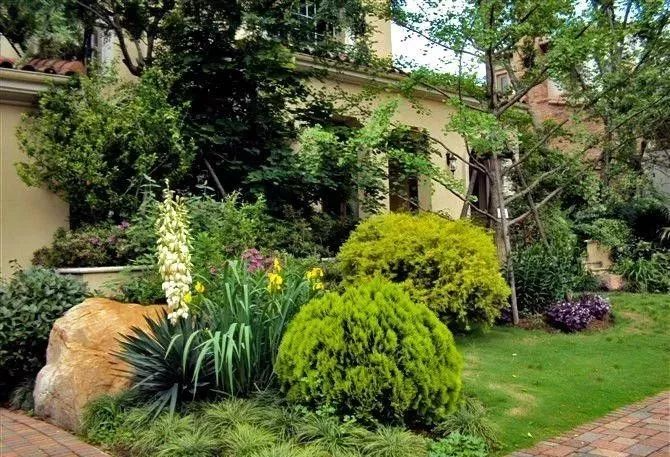Methods of garden plant configuration
1. Rule-based configuration
The characteristics are symmetry of the central axis, fixed spacing between plants, repeated extension in the same direction, neat and consistent arrangement, and strict and regular performance. Generally, there are several methods:
(1) Centralized configuration
Most of the plantings are done for emphasis in the center of a space, such as planting single trees or single clusters with a sense of integrity in the center of squares, flower beds, etc., and plant ornamental trees with neat shapes, strict outlines, slow growth, evergreen all year round or with changing colors.
(2) Symmetrical configuration
They are mostly planted for decoration, usually at the entrance of a space, in front of a building or on both sides of a monument, symmetrically planted in pairs or in pairs, with the two sides echoing each other. The tree species planted are required to be neat and beautiful in shape and of the same size.
(3) Row arrangement (row planting)
It is mostly used as a shade or protection. Y row planting should maintain a certain spacing between plants and rows, arranged in rows, one or more rows, one type of tree or multiple types of trees, and multiple trees should also be arranged neatly in a certain way of spacing between plants or rows. Row planting is mostly used for street trees, shelter belts, hedges, barriers or banks, etc. This method is convenient for mechanical processing.
(4) Triangle configuration
There are equilateral triangle or isosceles triangle configurations. Two-row or block planting is actually multi-row planting. The equilateral triangle configuration is conducive to the balanced development of the crown and root system, and can make full use of space.
(5) Square configuration
That is, planting in blocks with equal spacing between rows and plants is actually a configuration of two or more rows. The crown and root system of the square configuration are more balanced, and the space utilization is good, second only to the equilateral triangle configuration, which is convenient for mechanical operation.

(6) Rectangular configuration
The rectangular configuration has unequal spacing between rows and plants, which is a variation of the square configuration.
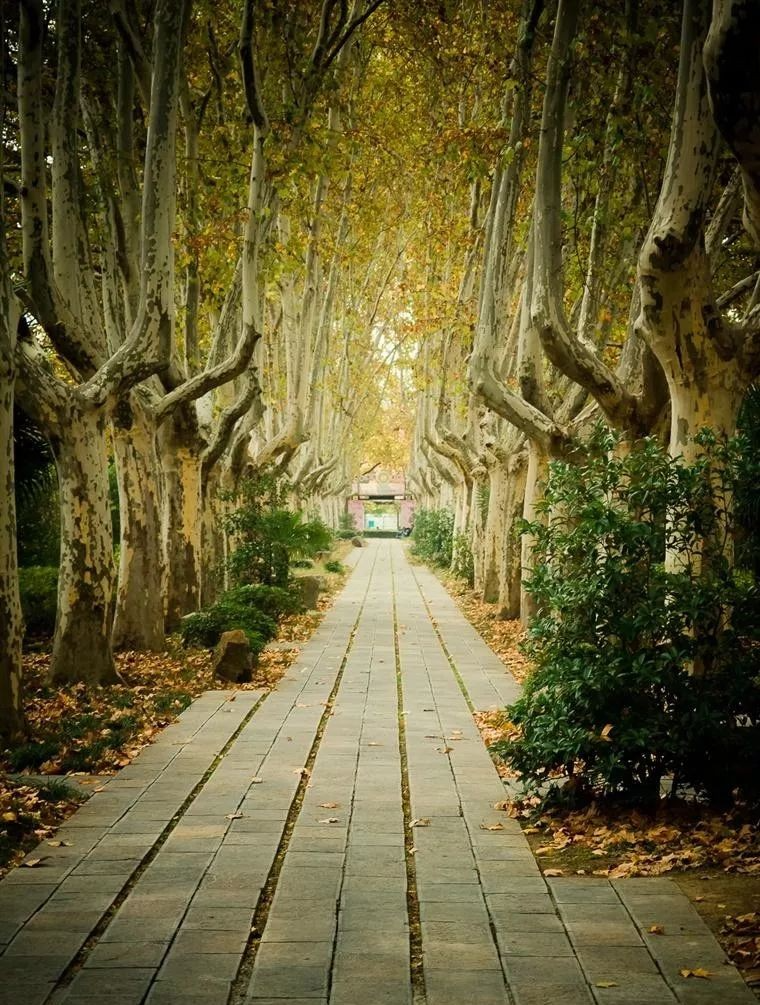
(7) Circular configuration
It is often used to serve as a main backdrop or to enclose flower beds or open flat ground, with the plants planted in a circle at a certain spacing between rows and plants.
(8) Polygonal configuration
Polygonal configuration is planting along a polygon with a certain spacing between rows and plants. It can be a single row or multiple rows; it can be a continuous or discontinuous polygon.
(9) Polygonal configuration
Including single star, compound star, discontinuous polygon, etc.

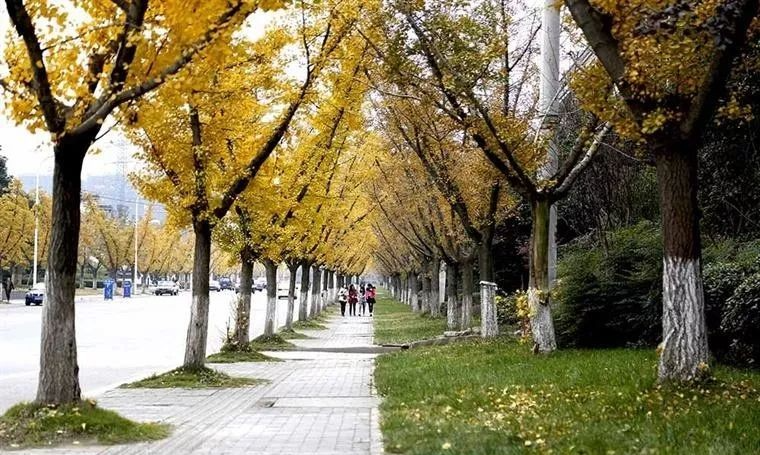
2. Irregular configuration
It is a natural arrangement, which does not require the spacing between plants or rows to remain constant, and is not arranged symmetrically along the central axis. Regardless of the number or type of trees, it requires a natural combination. There are also differences between the unequal-slope triangle arrangement and the mosaic arrangement.
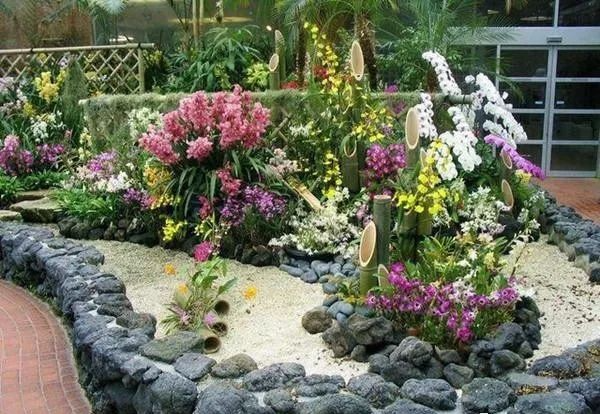
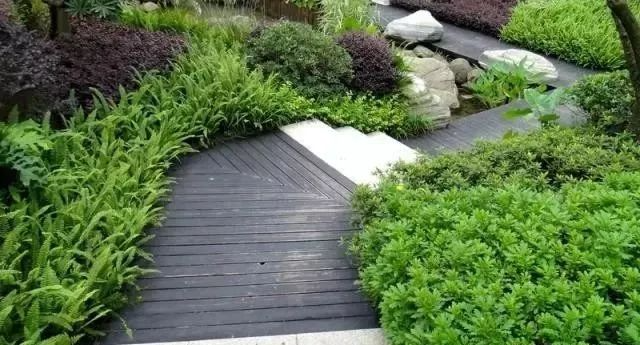
3. Hybrid Configuration
The combination of regular and irregular configurations in a plant landscape is called mixed configuration. In practice, one method is usually used as the main method and the other method is used as the auxiliary method. It is required to adapt to local conditions, be harmonious and coordinated, pay attention to the natural transition and transformation, and emphasize the overall relevance.
